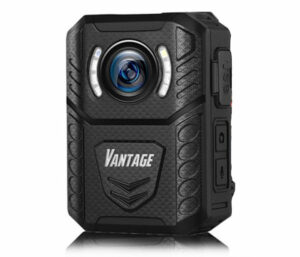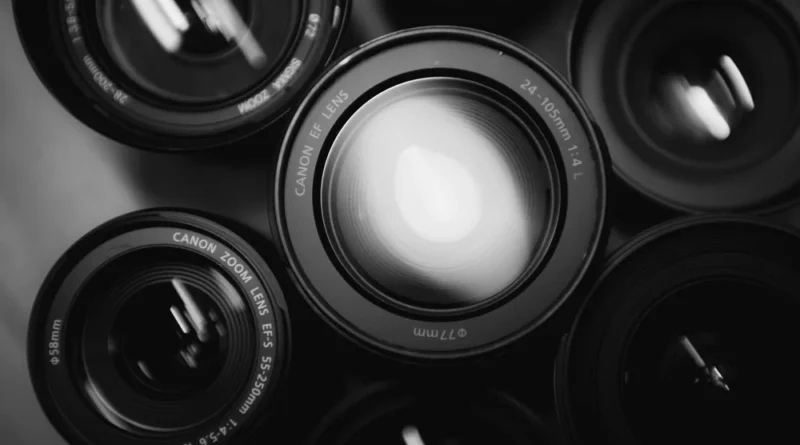What is the purpose of body-worn cameras?
Body-worn cameras, also known as lapel cameras or wearable cameras, are small video cameras that are worn on the body. They are typically used by law enforcement officials to record their interactions with the public. However, there are a growing number of applications for body cameras, including personal use and business use.
What is the Purpose?
The main purpose of a body-worn camera is to capture footage of events. This footage can be used as evidence in court cases or for training and performance review purposes. In some cases, the footage may be made available to the public, such as when it captures an act of police brutality.
How are they Used?
Body-worn cameras are generally used to record video and audio footage of interactions between police officers and the public. The cameras are typically worn on the officer’s uniform, lapel or sunglasses. In some cases, the camera may be hidden from view.
Why are they Used?

Body-worn cameras are used in order to provide a record of events. This footage can be used as evidence in court cases or for training and performance review purposes. In some cases, the footage may be made available to the public, such as when it captures an act of police brutality.
There are a number of advantages to using body-worn cameras. First, they can provide an objective record of events. This can be helpful in cases where there is a dispute about what happened. Second, the footage can be used for training and performance review purposes. Third, the cameras can help to increase transparency and accountability, as the footage may be made available to the public.
There are also some disadvantages to using body-worn cameras. First, they can invade the privacy of both officers and the public. Second, they can be expensive to purchase and maintain. Third, the footage can be difficult to manage and interpret.
Body-worn cameras are a tool that can be used to increase transparency and accountability. However, there are also some disadvantages to their use. It is important to weigh these pros and cons before deciding whether or not to use body-worn cameras.
Why do the police use them?

The police use body-worn cameras for a variety of reasons. One reason is to increase transparency and accountability. The footage from these cameras can be used to investigate complaints against officers or to review an officer’s performance. Another reason is to provide an objective record of events. This footage can be helpful in disputed cases.
Finally, the cameras can be used for training purposes. By reviewing footage of interactions with the public, police officers can learn how to better serve their community.
How do security officers use them?
Security officers also use body-worn cameras for many of the same reasons as police officers. The footage from these cameras can be used to investigate complaints, review an officer’s performance, or provide an objective record of events. In addition, security officers may use body-worn cameras to deter crime. The presence of a camera may discourage people from engaging in criminal activity.
Other uses of body cameras
Body cameras can be used for a variety of other purposes, beyond law enforcement and security. For example, they can be worn by journalists to document events. They can also be used by businesses to monitor employee behavior or to record customer interactions. Body cameras can even be used for personal use, such as recording interactions between your dog and other dogs or dog walkers.
Summary
Body-worn cameras are devices that are worn by individuals to capture footage of events. They are typically used by law enforcement officers and security guards, but they can also be worn by journalists, business employees, and private citizens. Body-worn cameras have a number of advantages, such as providing an objective record of events and increasing transparency and accountability. However, they also have some disadvantages, such as invasions of privacy and the potential to be expensive. When deciding whether or not to use body-worn cameras, it is important to weigh the pros and cons.
Also Read: Controllers in Valorant and How Can They Be Utilized?




